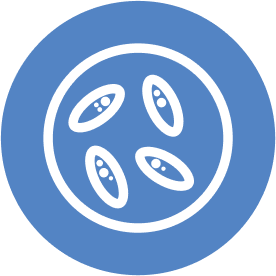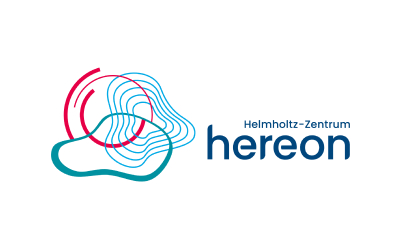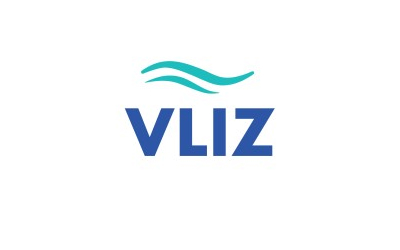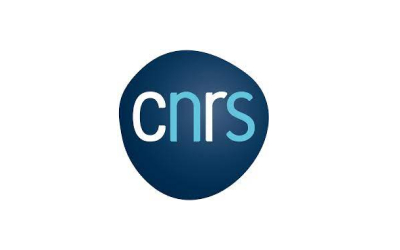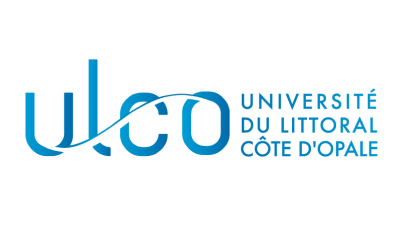Overview
Plankton, which includes various aquatic micro-organisms, plants and animals that drift with currents, are crucial for addressing indicators of marine ecosystem health. They reflect changes in environmental conditions caused directly or indirectly by human activities like eutrophication, industrial wastewater discharge, overfishing, invasive species, and climate change. This DUC aims to improve the assessment of pelagic biodiversity by combining new data types (plankton imagery and genetic data) with traditional monitoring methods. The goal is to strengthen the Marine Strategy Framework Directive (MSFD) evaluations and provide better insights into human impacts on pelagic ecosystems.
Challenge
Despite their importance, current plankton biodiversity monitoring is limited by several factors, such as lack of extensive observations which cause limited spatial and temporal coverage. Furthermore, current monitoring methods rely heavily on microscopic counts - still widely used for monitoring and assessing OSPAR plankton diversity indicators - that provide a narrow and often incomplete picture of biodiversity.
This approach is insufficient for evaluating the full complexity of plankton biodiversity, particularly for Marine Strategy Framework Directive (MSFD) assessments. Additionally, existing tools fail to incorporate advanced methods such as genomic sequencing and automated imaging, leading to gaps in biodiversity assessments and ecosystem management.
Solution
This DUC will develop an integrated approach by using semi-automated plankton imaging and metabarcoding genetic data to complement standard microscopic monitoring. Unlike traditional methods, which rely mainly on microscopic counts, this new approach will combine automated imaging technologies and genetic analysis to deliver more accurate, high-resolution biodiversity assessments through high-throughput data.
This DUC will showcase how the integration of novel data types can enhance large-scale biodiversity assessments. The demonstrator will use data products and tools developed in parallel projects like MARCO-BOLO, ANERIS, JERICO-RI, and BlueCloud2026 to provide a more comprehensive evaluation of pelagic habitats and ecosystem resilience.
Additionally, plankton biodiversity indicators will be calculated using large-scale data products and models, including OSPAR and HELCOM indicators, to improve MSFD evaluations.
By streamlining data collection and offering easy-to-use analytical tools, this approach will make it simpler for stakeholders to apply ecosystem-based management strategies. The DUC will support improved decision-making processes for marine management by delivering better insights into how human activities impact pelagic biodiversity and ecosystem functioning.
Biological monitoring and sensor resources
- FlowCam, ZooScan, IFCB and CytoSense: Semi-automated plankton imaging technologies used to capture high-resolution images of plankton for automated rapid identification and classification.
- Metabarcoding monitoring: A genetic technique that sequences plankton DNA, providing detailed insights into species diversity by identifying plankton from environmental DNA samples, in collaboration with the MARCO-BOLO project.
- Marine observatories and networks: Large-scale data collection systems, including plankton monitoring stations, integrated to enhance the spatial and temporal coverage of biodiversity data (including functional biodiversity).
Data Sources
- Imaging and genetic data: Collected from marine observatories and integrated into global data aggregators such as EMODnet and EurOBIS.
- Environmental data: Supplementary data from LifeWatch ERIC and other platforms for analyzing environmental impacts on pelagic biodiversity.
Analysis Tools
- Plankton Lifeform Extraction Tool (PLET)
- PH1 PLET tool (Holland et al. 2023)
- PelHabMSFD tool (Wacquet et al. 2024)
Expected outputs
Improved tools and the use of new data sources deliver improved plankton diversity indicators for MSFD/OSPAR. Analytical outputs will deliver knowledge of how pelagic ecosystems and associated services are impacted by human activities.
Target Stakeholders
The primary stakeholders include marine monitoring programs, environmental agencies, and research institutions involved in MSFD reporting. These tools will aid in improving biodiversity assessments and contribute to marine ecosystem management.
Digital Twin Features demonstration
- Accelerate scientific outputs: Using automated imaging and genetic techniques for faster and more comprehensive biodiversity assessments.
- Identify data gaps: Improve monitoring of pelagic ecosystems by integrating novel data sources, addressing existing gaps in data collection and analysis.
Status
The use case is ready for implementation
Leaders
- Rune Lagaisse (VLIZ)
- Willem Boone (VLIZ)
- Felipe Artigas (CNRS ULCO)
- Ankita Vaswani (Hereon)
